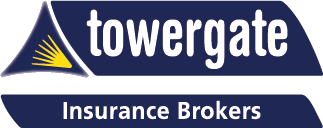According to data supplied by the world’s largest independent claims management company, Crawford & Company, commercial and domestic fire claims have increased significantly during lockdown with a 40% spike in activity.
Fire is a real and potentially devastating threat to businesses. The threat exists whether premises continue to remain unoccupied and as they start to become reoccupied following the lifting of the lockdown restrictions; therefore now more than ever it is important to make sure that the necessary steps have been taken to ensure premises are protected against the risk of fire.
This includes making sure fire risk assessments have been reviewed and updated, including shared communication with adjoining properties - as these premises may continue to remain unoccupied or partially occupied which brings different risk.
Unfortunately, Crawford & Company’s statistics show that within the last five years, more than half of all fires were started deliberately and according to the fire service, they find that loose rubbish, external bins and grass are usually where fires tend to be started. Residential houses are the most common types of building that tend to be deliberately set on fire, although with businesses being left unoccupied during the recent Covid pandemic, there has been a spike in commercial property fires during lockdown, some of which relate to arson; with over 36% of outbuilding fires considered to be arson related.
The Crawford data science team have seen:
- 40% increase in fire claims
- 36.1% of outbuilding fires relate to arson
- 60.1% of fires occurring in outbuildings or outside
With the increase in arson related fires, there are ways that you can protect yourselves and others from the threat of arson. Our UK Regions Risk Manager Simon Broome gives the following advice:
Property and Buildings:
Make sure that the fire risk assessment has been reviewed, updated and communicated on a signed receipt basis to all relevant people, including neighbouring businesses, tenants and property owners, as areas such as building layouts and emergency evacuation procedures may have changed.
- Fire risk assessments should be completed by a competent person with sufficient training and experience. View guidance on completing a fire risk assessment.
- Effective security and lighting is always a good deterrent against arson, making sure all systems are being monitored and maintained to a good standard with continuous reviews relating to availability of any key holders.
- All perimeter entry points such as gates and barriers should be secured, unless in use, to prevent access by intruders, especially during silent hours.
- All perimeter fencing should be high enough to deter intruders and be regularly checked for any damage, and when damage is reported, any repairs should be completed immediately with incidents investigated where possible.
- Keep up to date with any local crime activity by contacting the local crime prevention officer and communicate details with neighbouring businesses.
- Ensure any out buildings are regularly checked and kept secure as part of any daily open/close recorded checking procedures, especially where any flammables are being stored. Do not leave any flammable products out in the open unsecured.
- Check for overgrown vegetation that needs to be cleared around the building and perimeters as dry weather periods make this material a target for vandals setting fires.
- Make sure all external bins are secured and not kept close to the building or perimeter fencing.
- Letterboxes can be targeted with burning materials pushed through them, so consider fitting lockable flaps or have an anti arson fireproof letterbox fitted to the inside of the letterbox.
- Do not prop open internal and external fire doors to improve building ventilation as part of any Covid-19 changes, as keeping these fire doors closed is a vital part of the required fire safety measures to keep everyone safe.
- Contact your local Crimestoppers on 0800 555 111 to report any suspicious activity in relation to arson in your area and your call will be treated anonymously.
Other areas that need to be considered include;
- Inspection dates relating to fire fighting equipment such as fire extinguishers may have lapsed during lockdown, therefore this will need to be addressed with your inspection provider. Also make sure that maintenance and testing of all fire safety systems has been completed, including fire alarms and emergency lighting.
- Product stock levels may have increased due to Covid-19 supply chain issues, therefore make sure the increase in stock levels do not restrict access and hinder evacuation routes, both within the building and at external storage areas. Also make sure levels of flammable products are being kept to a minimum in line with current legislation and manufacturers guidance.
- Staff with specific responsibilities such as fire wardens and fire marshals may not initially be returning to work, therefore ensure you have enough cover in this area, and emergency fire drills are being completed and recorded as assembly points and evacuation routes may have changed.
- Lone working may now be a requirement due to the reduced numbers of personnel returning to work, therefore make sure this is taken into account and regularly monitored. It is the responsibility of the business to manage any fire related risk in their premises by following these 5 fire risk assessment steps:
1. Identify fire hazards
Identify:
- sources of ignition;
- sources of fuel; and
- sources of oxygen
2. Identify people at risk
Identify:
- people in and around the premises; and
- people who are especially at risk
3. Evaluate, remove or reduce and protect from risk
- Evaluate the risk of a fire starting
- Evaluate the risk to people from a fire
- Remove or reduce fire hazards
- Remove or reduce the risks to people from a fire.
- Protect people by providing fire precautions.
4. Record, plan, inform, instruct and train
- Record any major findings and action you have taken.
- Discuss and work with other responsible people.
- Prepare an emergency plan.
- Inform and instruct relevant people.
- Provide training.
5. Review
- Review your fire-risk assessment regularly.
- Make changes where necessary.
Remember to review your fire-risk assessment regularly. The information contained in this bulletin is based on sources that we believe are reliable and should be understood as general risk management and insurance information only. It is not intended to be taken as advice with respect to any specific or individual situation and cannot be relied upon as such.
Source
https://www.crawco.co.uk/resources/data-driven-fire
 About the author
About the author
Simon Broome SIIRSM Tech IOSH has over 25 years' experience around risk management, honed through his industry background and working on operating software and management systems
Read health and safety articles by Simon
- Health & Safety Bulletin - April 2019: HSE Intervention Enforcement Notices on the Increase
- Health & Safety Bulletin - April 2019: Notre Dame Blase Highlights Risk of "Hot Works"
- Health & Safety Bulletin - May 2019: Recent Spate of Fires Caused by Electrical Faults Suggests Businesses Need to Check Electrical Systems
- Risk Bulletin - Health & Safety Competent Person
- Risk Alert – Why is it So Important to Have a Business Continuity Plan?
- Business Continuity Planning
For more information or for a full review of your insurance needs, please see our insurance specialisms, contact your usual Towergate Insurance Brokers adviser or email TIB@towergate.co.uk.
The information contained in this bulletin is based on sources that we believe are reliable and should be understood as general risk management and insurance information only. It is not intended to be taken as advice with respect to any specific or individual situation and cannot be relied upon as such. If you wish to discuss your specific requirements, please do not hesitate to contact your usual Towergate Insurance Brokers adviser.


